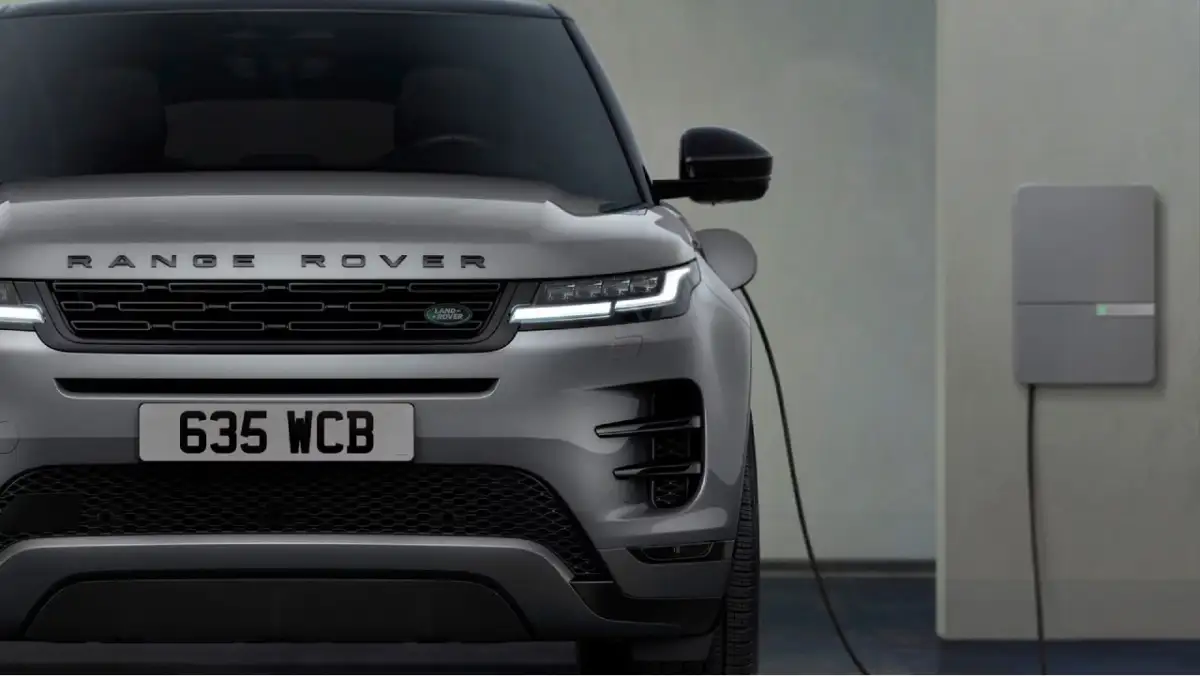- Required Documents for Home Charger Installation
- Step‑by‑Step Installation Procedure
- Core Technical Standards
- Safety and Regulatory Guidelines
- Common Mistakes to Avoid
- “The Man and the Charger”
- Estimated Costs
- Benefits of Owning a Home Charger
As electric vehicles (EVs) steadily gain popularity in Saudi Arabia, home charging has become a necessity rather than a luxury. Installing a private charger allows owners to refuel their vehicles conveniently, safely, and efficiently without relying solely on public networks.

Before installation, however, several documents and official approvals must be secured from authorities such as the Saudi Electricity Company (SEC), the Saudi Standards, Metrology and Quality Organization (SASO), and the Civil Defense. These ensure compliance with national safety codes and technical standards.
Required Documents for Home Charger Installation
Allow 2–3 weeks for official approvals to process before installation begins.
Step‑by‑Step Installation Procedure
Submit your application via the SEC e‑portal, attaching all documents.
Coordinate with a licensed electrician to select the safest location near your parking bay and main meter.
Conduct a load capacity test (240 V recommended for Level 2 chargers).
Install a dedicated circuit breaker and weather‑sealed wall box.
Test the entire unit for stable charging and voltage control.
File a final inspection report with SEC after installation.
Core Technical Standards
Saudi authorities require every residential EV charger to comply with the following:
SASO‑approved equipment and cabling.
IP65‑rated enclosures for dust and moisture protection.
Installation in ventilated, shaded areas away from heat or water sources.
Clear fire‑safety labeling and emergency cut‑off switches.
Preventive maintenance every six months by a qualified technician.

Safety and Regulatory Guidelines
Electrical connection must be anchored on a separate circuit.
Licensed installers from SEC’s approved contractor list are mandatory.
Chargers must feature thermal shutdown and overload protection.
Homeowners should verify that installers carry valid ECRA and SASO certifications.
Common Mistakes to Avoid
Plugging chargers directly into standard household sockets without a dedicated breaker.
Installing units in direct sunlight or wet locations without a protective cover.
Ignoring home electrical load limits before installation.
Using non‑certified cables or poor‑quality adapters causing voltage drops.
“The Man and the Charger”
A homeowner in Riyadh decided to install his charger alone to save money. Soon after, a minor sparking issue shut down his entire power panel. When the technician arrived, he smiled and said, “Electricity is a friend of those who treat it with respect.” From then on, the man realized that professional work isn’t a cost — it’s an insurance for peace of mind.
Moral: Safe installation starts with expert hands and certified materials.
Estimated Costs
Additional costs may include inspection and circuit upgrades depending on home capacity.
Benefits of Owning a Home Charger
Unlimited access to charging at your convenience.
Higher charging efficiency compared to public outlets.
Energy monitoring via smartphone apps to control electric usage.
Added real‑estate value for homes equipped with modern technologies.













